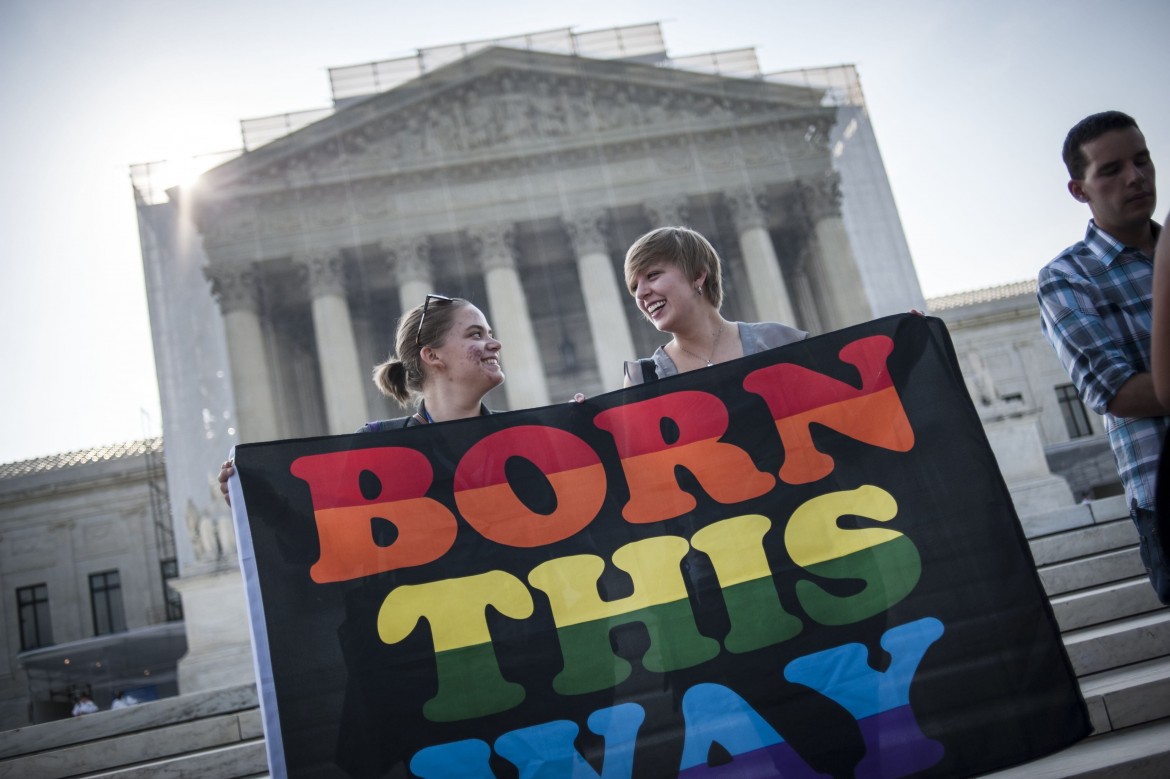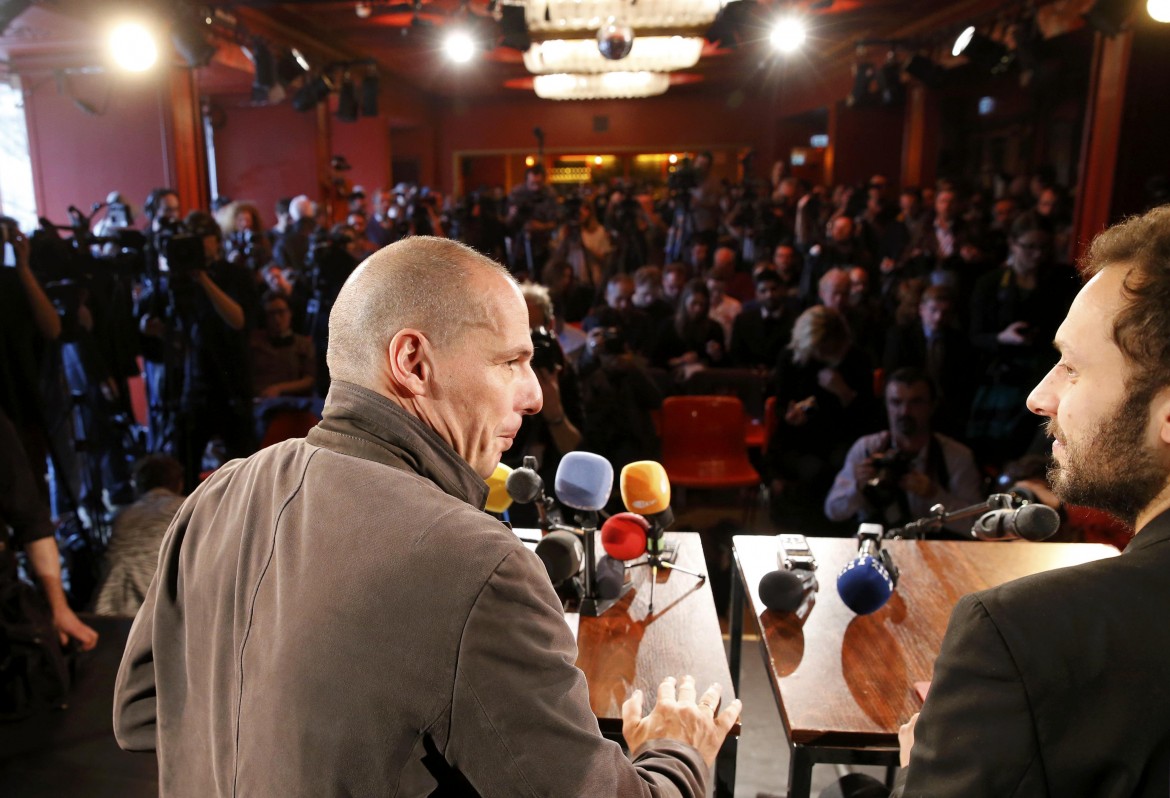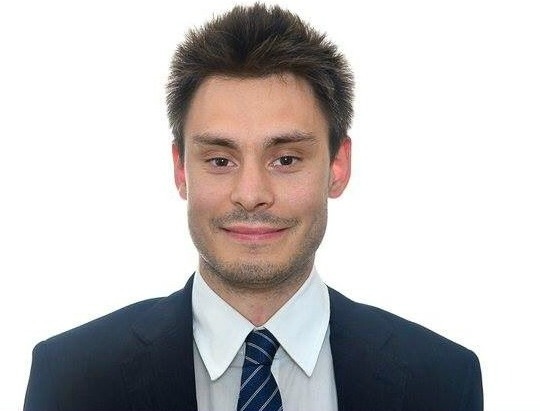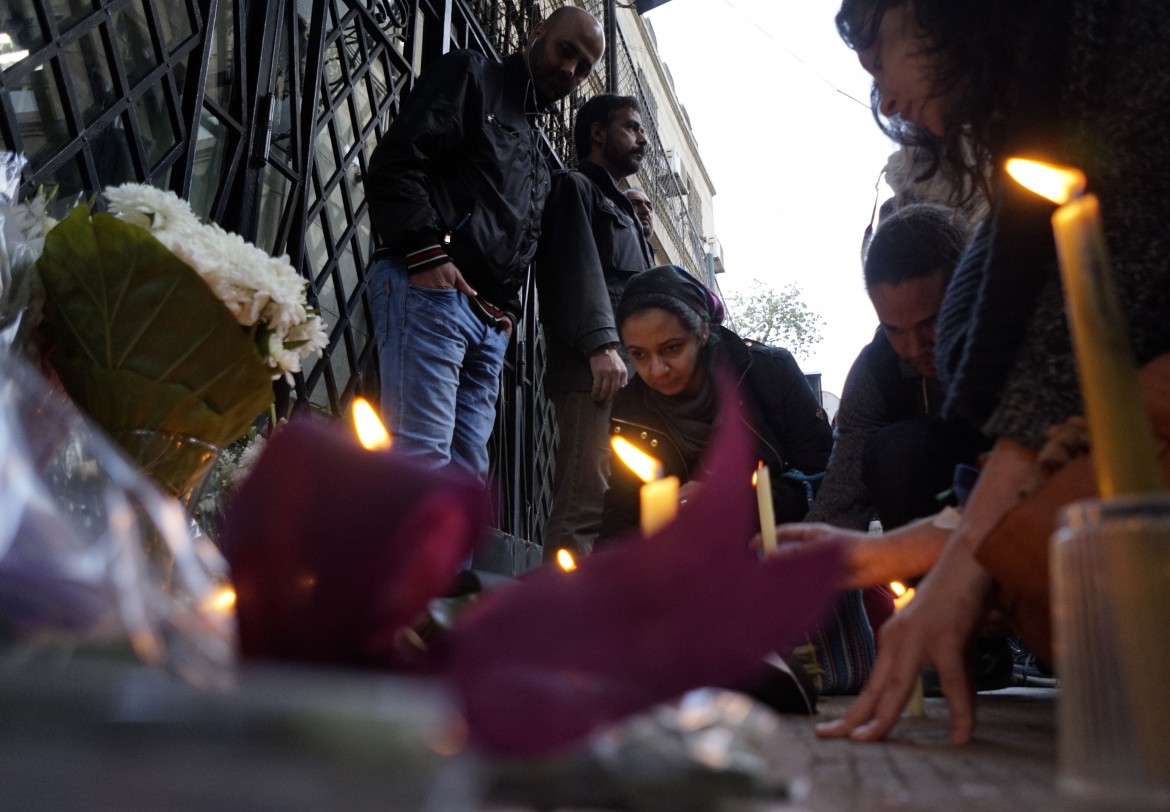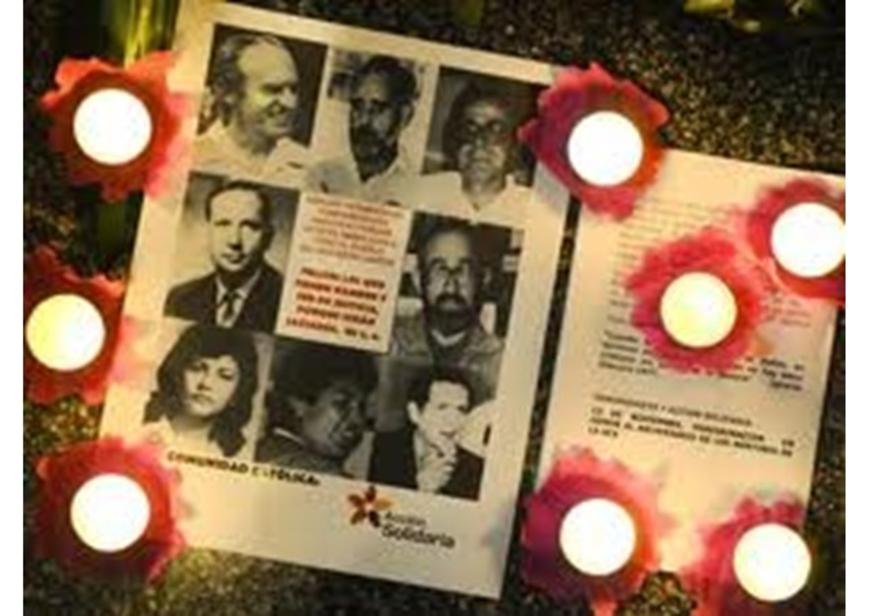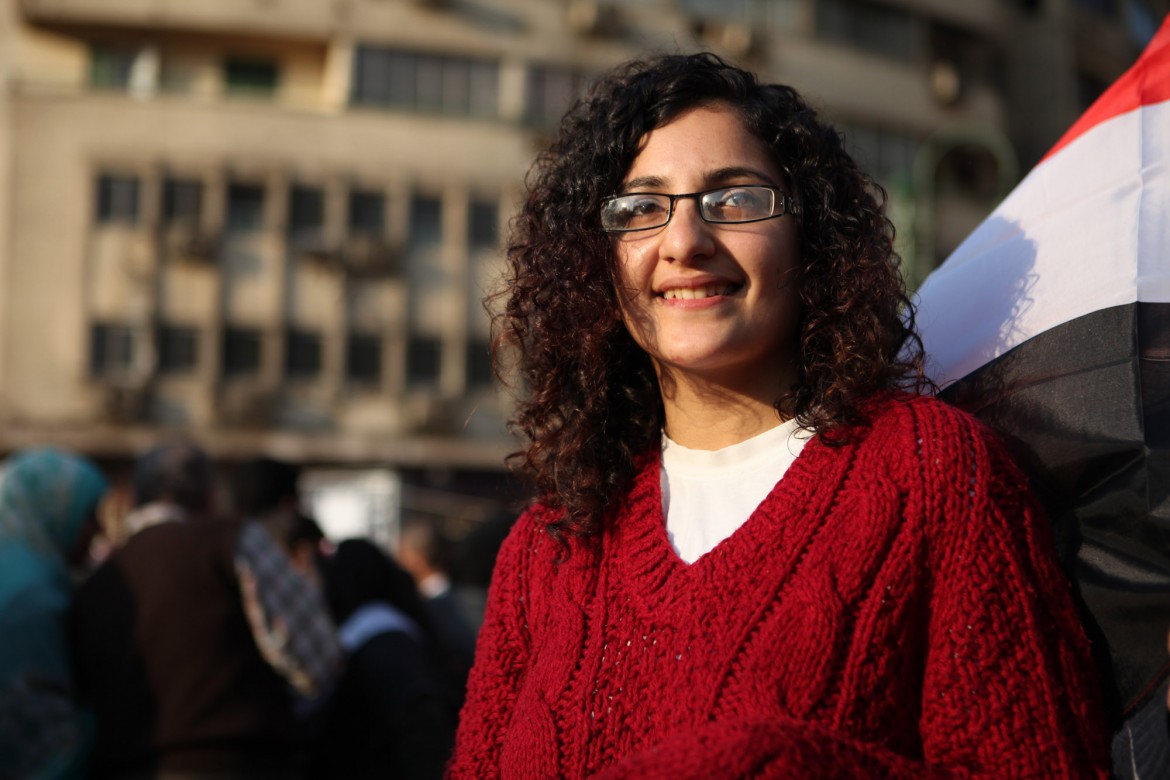James Esseks is the lawyer who argued the case for marriage equality before the United States Supreme Court. The justices’ landmark ruling in June guarantees same-sex couples in the U.S. have the same marriage rights as different-sex couples.
Esseks, who directs the LGBT and HIV project for the American Civil Liberties Union, the largest U.S. organization fighting for civil rights, visited Rome recently to meet with the Italian Freedom and Civil Rights Coalition. He finds many similarities between the Italian debate over its proposed civil unions law and what he has witnessed since 2010, when he began coordinating the ACLU’s strategic litigation, lobbying and advocacy. Many similarities except one: the issue of children.
“Even before the marriage equality judgment, we managed to get all states, except Mississippi, to allow homosexuals to adopt children,” he told il manifesto. “There is no legal discrimination: Whether they are couples or singles of any sexual orientation, the judge decides each case.”
Let’s start with your long struggle for the recognition of gay marriage: How was it born, and how was it designed?
Our main objective was to undermine the stereotypes that underlie homophobia and unequal treatment. To change the common perception of LGBT people and on homosexual relationships, too often thought of as a relationship based on sex and not about love — furtive, conducted in the shadows, without the prospect of growing and with no interest in children other than pedophilia. That was contrasted with stereotypes about marriage, that it’s supposed to be based on love, it will last over time and it’s a source of emotion with relatives and friends. That’s why we chose matrimony as the battlefield of our campaign, conducted in every state both through the courts and politics.
And we chose a strategy based on four pillars. First, start with the most progressive states and exploit the successes to continue the initiative in the more conservative. Second, we considered civil unions and domestic partnerships as significant intermediate steps to achieve the goal. Third, the final battle would be fought before the Supreme Court, but to win — and this is the fourth pillar — we would have to create the right context in public opinion, in institutions and in the chambers of state and local courts.
Step by step, you climbed the slope of prejudice. How?
In 1996 only 28 percent of Americans were in favor of marriage freedom. In 2004 was 30 percent, and in 2012 it was just over 50 percent. The open public debate in the media and in the streets … facilitated many victories in the legislatures of individual states and in courts. But we also had many defeats. In 2010 only 18 states protected homosexual couples in some way, and it was possible to get married in six.
It was then that we decided to choose a pair of pilot cases to be brought before the Supreme Court. And the court agreed with us the first time in 2013, declaring the unconstitutionality of two rules that prohibited the rights of homosexual couples: one federal and the other contained in the California Constitution. After that, common perceptions began to change. In June 2014, gay marriage was legal in 19 states, and grew to 36 in October 2014. So what happened was the opposite of what we had expected: The court helped create the context in which to act, and not vice versa.
In June 2015, the Supreme Court agreed with your client, James Obergefell, rejecting the rationale of the state of Ohio, which did not recognize his marriage in another state. What were the arguments?
I remember that Jim and John lived together in Ohio for a long time and decided to get married when John fell ill with a very serious degenerative disease. In Ohio that was not possible, so at great sacrifice John was transported to Maryland where they were married. But when they returned, and when John died, Jim discovered that their marriage was not recognized. The court dismantled all the arguments put forward by the opposing party. It called the arguments regarding alleged violations of the rights of children “illogical and unrealistic.” And it judged “irrelevant” any religious argument on the scope of civil marriage. Also because there are already rules protecting anyone who refuses to celebrate for religious reasons. After that ruling, all 50 American states have recognized marriage equality.
About conscientious objectors, in December 2015, the Court of Appeals of New York, however, condemned a company that refused to make its venue available for a gay marriage.
Yes, it’s my office that pursued that case. It was an agritourism company where they usually celebrate weddings that closed its doors to a gay couple because of “issues of conscience.” The court said this kind of objection is not admissible in the case of businesses. A company that operates on the market should be open and available to everyone.
Has the issue of LGBT rights entered the American election campaign?
It is a central point in the campaign, but there are right-wing politicians who exploit the topic. Anyone serious promises not to move against marriage equality because to do so they would have to change the constitution. Instead they beat the drum over the rights of believers by claiming they are the real victims of gay marriage.
You’ve also met with Democratic Party Sen. Monica Cirinnà, who is sponsoring the Italian bill on civil unions. What ideas are driving the Italian debate?
It reminds me of those heard in the U.S.: what equality means, the dilemma of whether civil unions will be the springboard or the collapse of LGBT rights, and so on. Everything, except the issue of children. I can also say that here rarely do the politicians have courage, and rarely is Parliament the turning point. Perhaps the challenge for the LGBT movement in Italy is to try to change public opinion through court rulings, try to get a ruling from the Constitutional Court rather than waiting for the legislature to recognize the rights of all.
–> Originally published in Italian at il manifesto on Jan. 28, 2016

